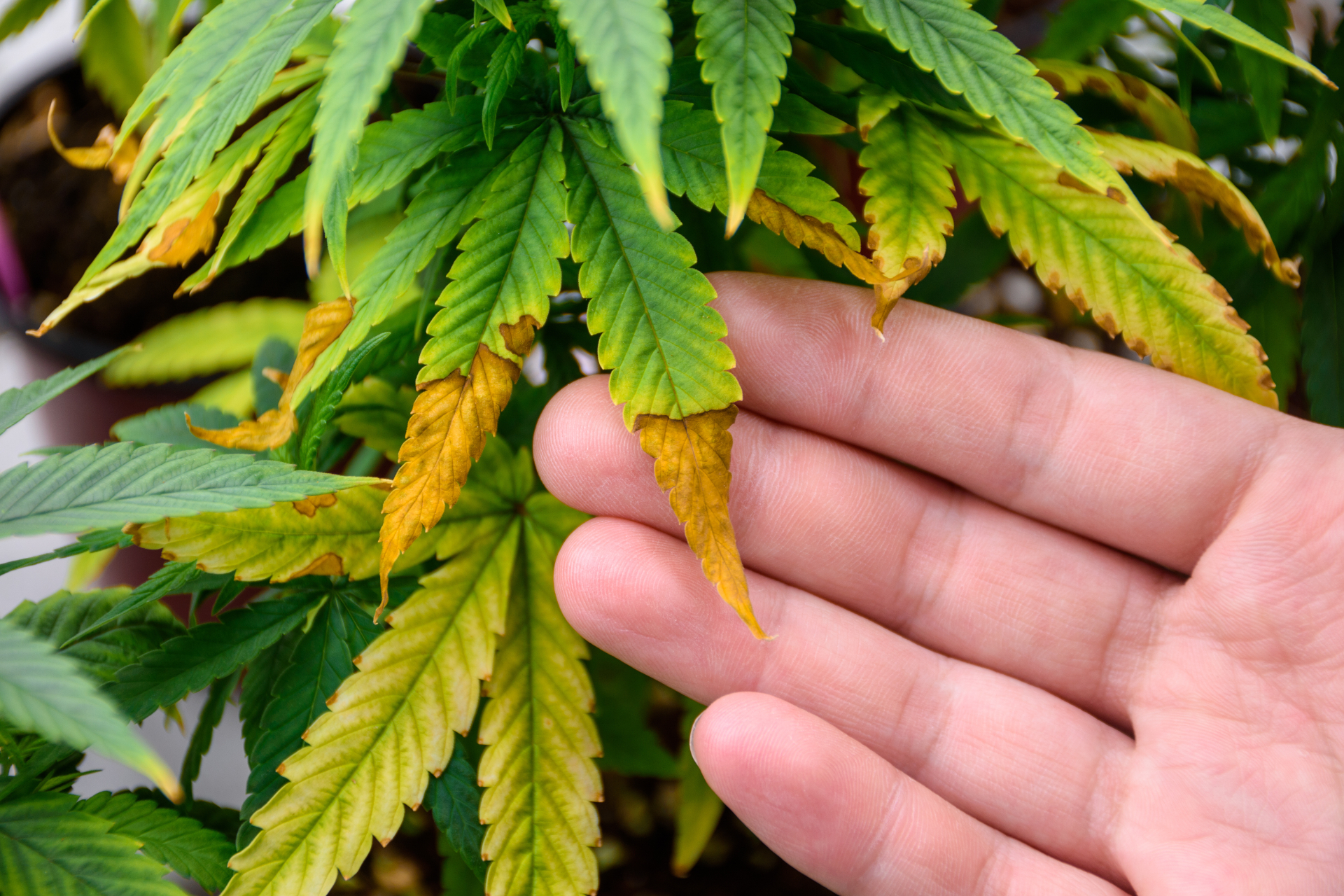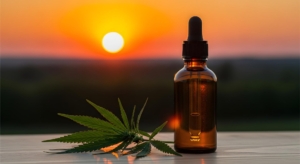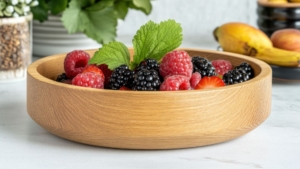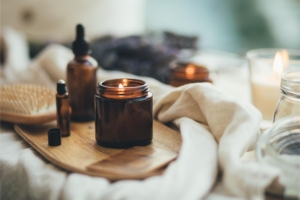How To Protect Cannabis Plants From Heat Stress in Florida?
Growing cannabis plants in Florida comes with its perks—plenty of sunshine, long growing seasons, and a supportive community. But the state’s high humidity and frequent heat waves can turn that sunshine into a serious problem for growers.
If you’ve ever battled heat stress cannabis issues, you know how quickly high temps can take a healthy plant and turn it into a stressed, wilted mess.
Under Florida marijuana law, it’s legal for medical marijuana patients and licensed businesses to grow cannabis, but recreational cultivation is still restricted.
So, if you’re growing legally in Florida, understanding how to protect your plants from high temperatures is key to success. Let’s talk about how heat stress cannabis problems start and what you can do to fix and prevent them.
Recognizing Heat Stress in Cannabis Plants
Cannabis thrives in warm climates, but there’s a limit. When temperatures rise above 85°F, especially alongside Florida’s intense humidity, plants begin to struggle.
Signs And Symptoms
Early cannabis heat stress signs are easy to miss if you’re not looking for them. Here’s what to watch out for:
- Leaf wilting or curling, especially at the edges
- Brown spotting or scorched leaf tips
- Discoloration: leaves may lighten or take on a yellowish tone
- Slow growth during peak heat
- Buds may become airy or loose
In younger plants, cannabis seedling heat stress often appears as droopy stems or curled leaves.
Differences Between Heat Stress And Other Plant Issues
Cannabis heat stress symptoms can sometimes mimic nutrient deficiencies or light burn. One way to tell them apart: if the top of the plant is suffering more than the bottom and the air is hot and still, heat is likely the issue. Nutrient deficiencies usually show more in the lower leaves.
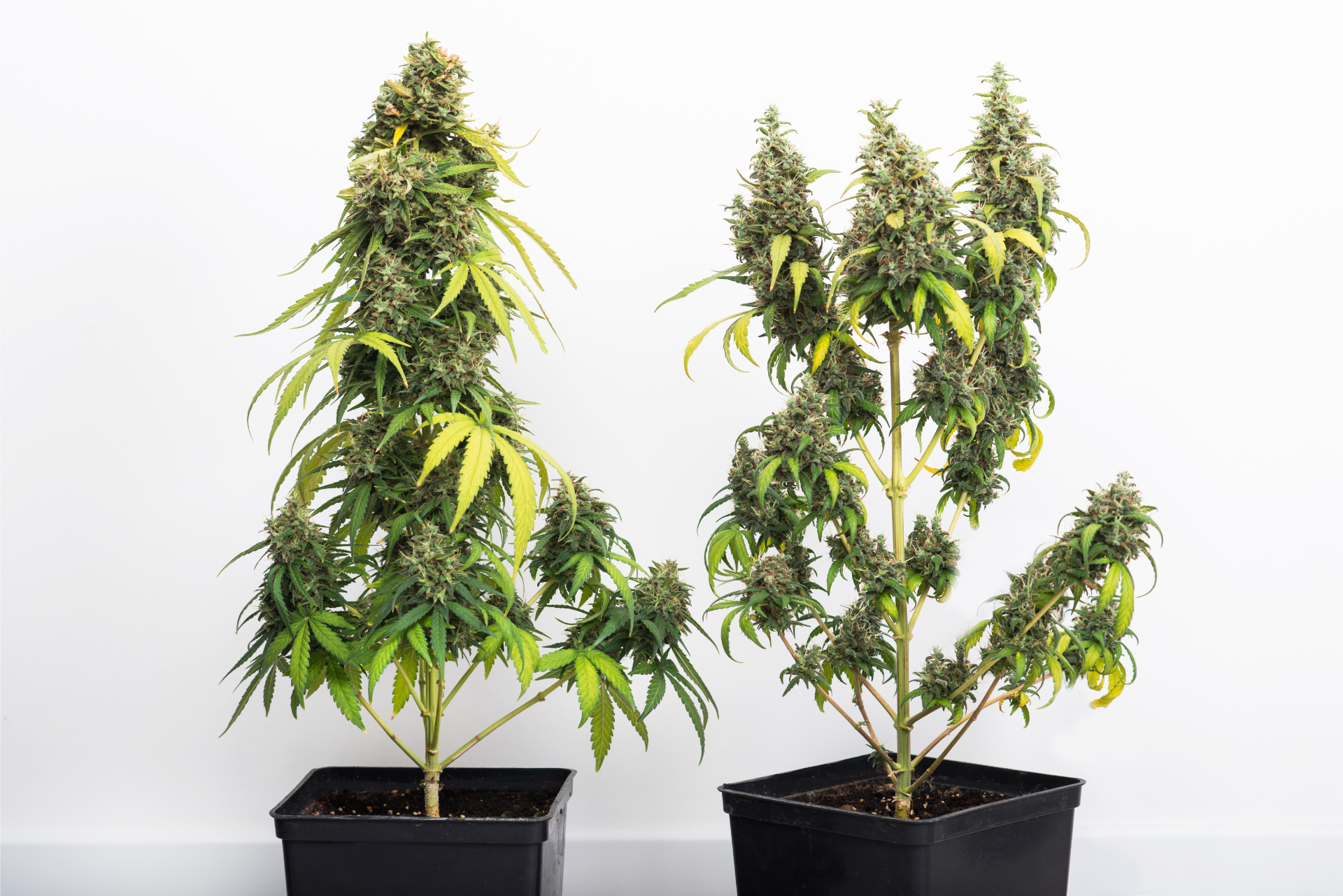
Choosing Heat-Resistant Cannabis Strains
If you’re growing in Florida, choosing cannabis strains that thrive in tropical or subtropical conditions is a smart start.
Best Cannabis Strains For Florida’s Climate
Some strains handle heat better than others. Look for:
- Sativa-dominant hybrids (they’re native to hot regions)
- Durban Poison
- Sour Diesel
- Haze varieties
These genetics naturally resist heat stress and cannabis damage due to their thinner leaves and open structure.
Characteristics Of Heat-Tolerant Genetics
Heat-resistant strains often share a few key traits:
- Looser bud structures (less prone to mold)
- Tall, lanky growth
- High resin production under stress
- Better airflow between nodes
When selecting seeds, research breeders who specifically mention heat tolerance. This can make a huge difference, especially with outdoor plants.
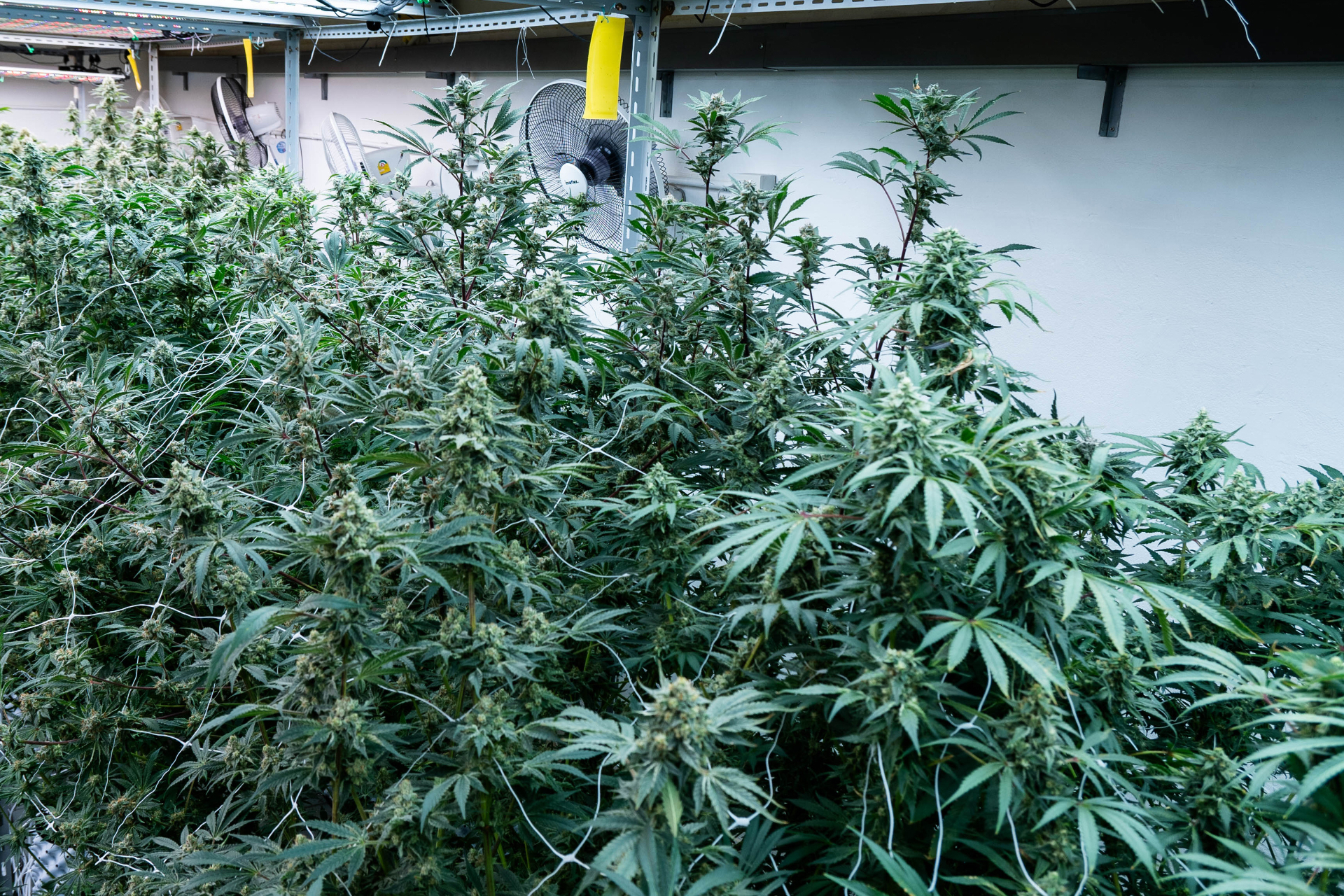
Optimal Planting Strategies to Reduce Heat Stress
Timing and location are everything when growing cannabis in hot climates.
Best Planting Times And Seasons
In Florida, spring and early fall are the most forgiving times to plant. Starting plants indoors and transplanting once temperatures are manageable helps them avoid cannabis seedling heat stress.
Proper Site Selection For Outdoor Grows
Choose a spot that gets morning sun but has afternoon shade. Airflow is essential—avoid areas with stagnant air. Elevated ground helps with drainage and reduces humidity around the base of your plants.
Indoor VS Outdoor Growing Considerations
Indoor grows give you control over your environment, but they’re more expensive and require cooling equipment. Outdoor grows are cost-effective, but heat and pests are harder to manage. If you’re going indoors, make sure your grow light setup doesn’t add to the heat burden.
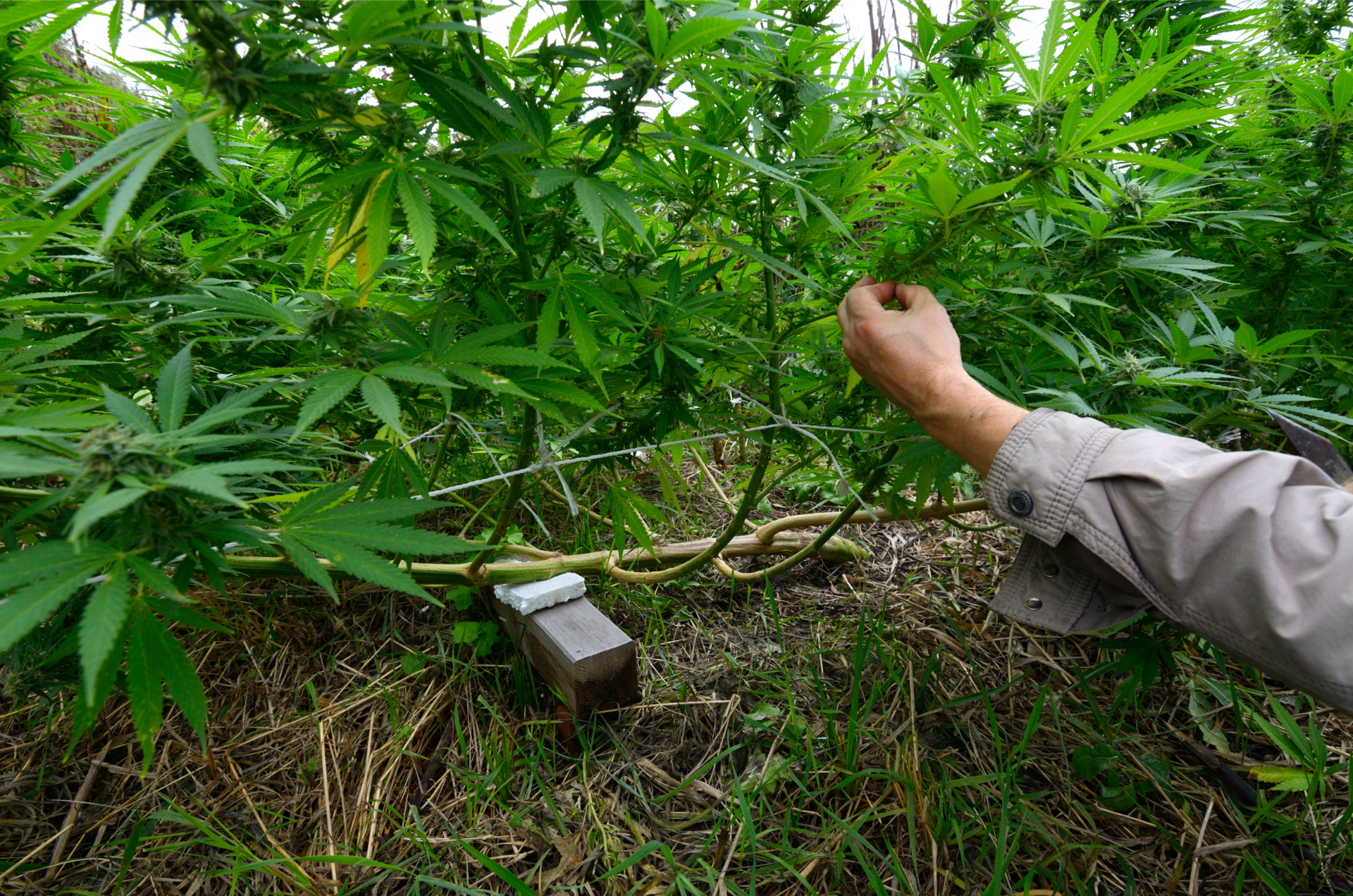
Effective Cooling Techniques for Cannabis Cultivation
Preventing cannabis heat stress signs is all about airflow, shading, and smart watering.
Using Shade Cloths And Reflective Mulches
Shade cloths reduce direct sun exposure by 30–50% and can lower the plant canopy temperature significantly. Reflective mulch around the base helps redirect light while keeping the soil cool. Both are great tools to fight heat stress cannabis problems before they start.
Implementing Misting And Evaporative Cooling Systems
Misting during the hottest hours can reduce leaf temperature, but timing is key. Misting late in the day or evening can increase humidity too much, leading to mold. Evaporative coolers work well for indoor cannabis plants, especially in sealed grow rooms.
Strategic Watering Practices To Prevent Heat Stress
Water early in the morning so your plants are hydrated before temperatures rise. Avoid watering during the heat of the day—it can shock the roots. Use deep watering techniques to encourage strong root systems that handle stress better.
Soil and Nutrient Management for Heat Resistance
Healthy roots make heat management easier.
Choosing The Right Soil To Retain Moisture
Sandy soils drain fast, which isn’t ideal in hot weather. A loamy mix with compost or coco coir holds moisture better. Avoid heavy clay—it traps heat and lacks drainage.
Using Mulch And Organic Matter To Regulate Soil Temperature
Adding mulch—straw, bark, or even dried leaves—keeps soil cooler and retains moisture. Organic matter also helps regulate temperature and improve soil structure over time.
Adjusting Nutrient Levels To Support Heat Tolerance
Under heat stress, nutrient uptake slows down. Use supplements like seaweed kelp extract to boost plant immunity. Avoid heavy nitrogen feeds during heat waves—it can worsen symptoms like brown spotting and burnt tips.
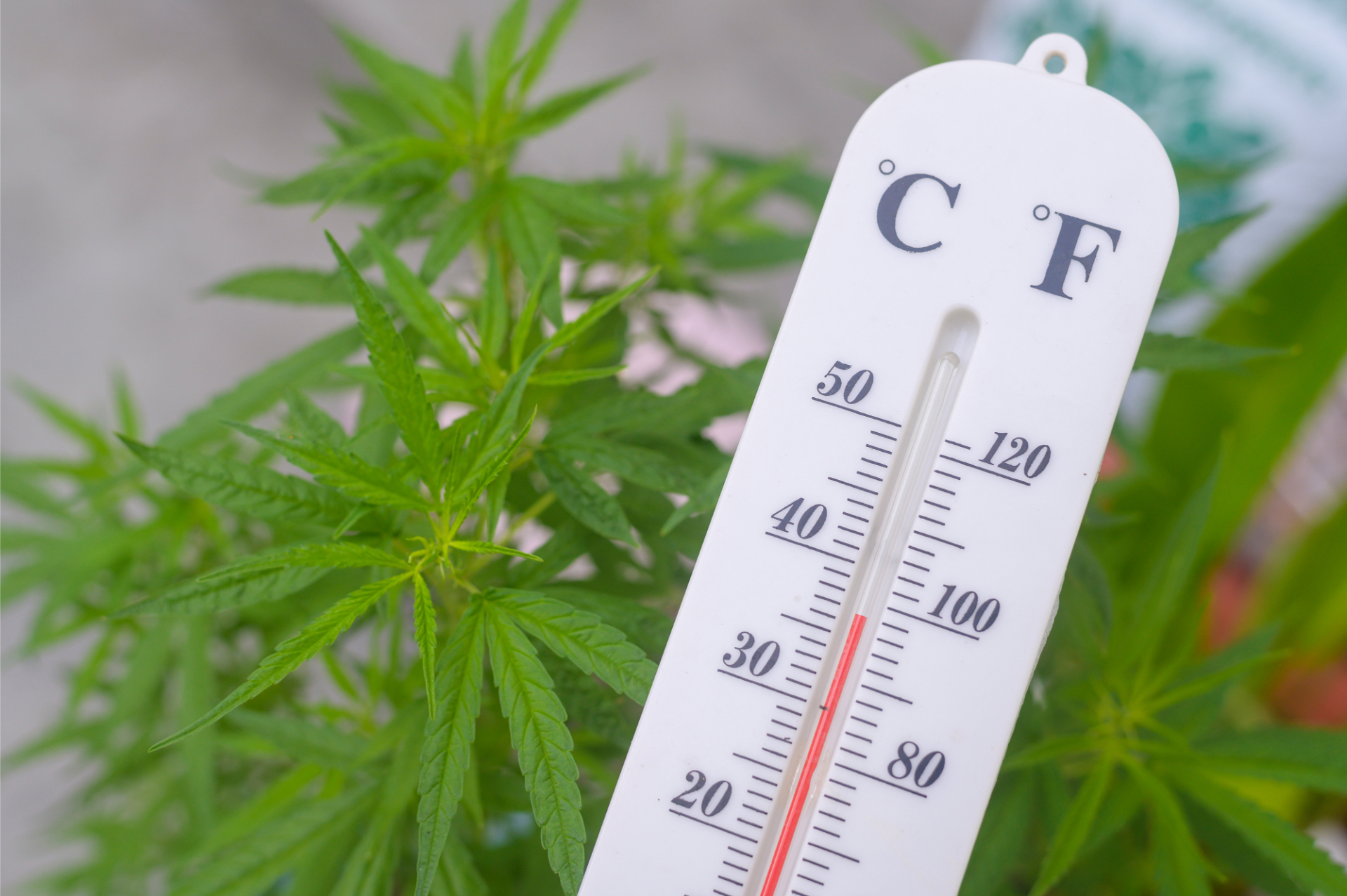
Proper Irrigation Methods in Hot Climates
Watering is one of the most critical parts of heat management.
Best Watering Schedule For Florida’s Heat
Water early in the day and check soil moisture often. For pots, lift them—if they feel light, it’s time to water. During extreme heat, daily watering might be necessary.
Drip Irrigation Vs. Overhead Watering
Drip irrigation is better for preventing heat-stressed plants. It delivers water directly to the roots and reduces humidity around the leaves. Overhead watering can contribute to mildew and wastewater through evaporation.
Preventing Root Rot And Overwatering Risks
Too much water can be just as dangerous as not enough. Use well-draining soil and ensure pots or beds have good runoff. Watch for signs of slow growth or overly soft stems, which could indicate root rot.
Greenhouse and Indoor Growing Solutions
Controlled environments offer the best defense against heat but require smart planning.
Controlling Temperature And Humidity
Use AC units, dehumidifiers, and fans to keep optimal temperatures around 75–85°F and humidity below 60%. Avoid quick temp swings, which can shock your plants.
Ventilation And Air Circulation Strategies
Fans should move air evenly across the grow space. Use oscillating fans at plant level and exhaust fans to remove hot, stale air. Intake vents should pull in cooler air from outside or from air-conditioned spaces.
Using Grow Lights That Produce Less Heat
Choose LED lights designed for growing cannabis. They produce less heat than traditional HPS or MH lights and use less electricity. Position lights at a safe distance to avoid burning the canopy.
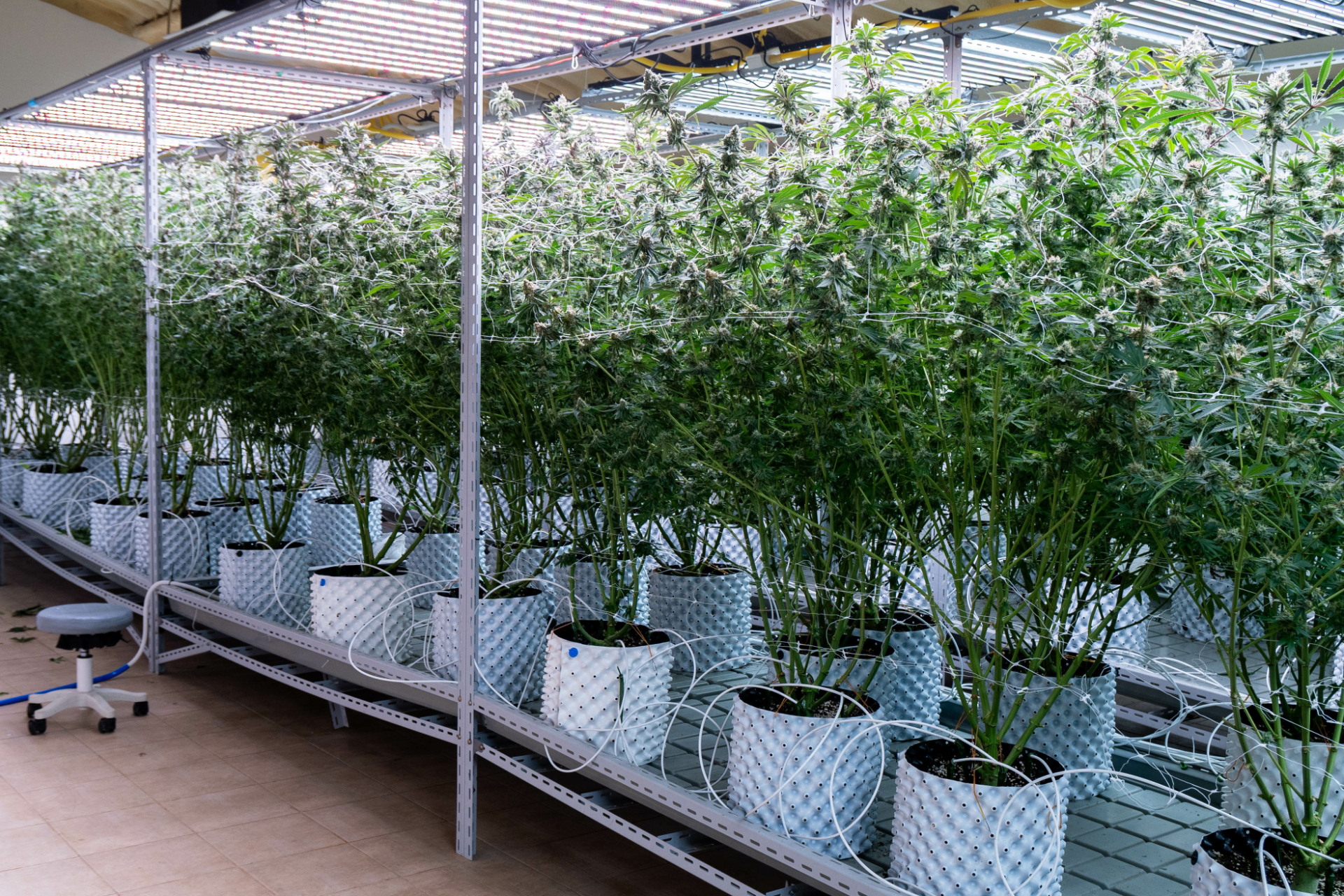
Monitoring and Responding to Extreme Heat Events
Florida heat waves can last for days, so you’ll need a plan.
Heat Waves: Emergency Measures To Protect Plants
During extreme heat, reduce light exposure and consider moving container plants indoors or to shade. Use extra fans or coolers if possible. If you see cannabis heat stress symptoms, respond fast—delay can mean lost yields.
Using Temperature And Humidity Sensors For Real-time Adjustments
Install digital monitors with alerts to notify you when temperatures rise above your set threshold. This allows you to take action quickly before heat stress cannabis symptoms appear.
Adjusting Light Cycles And Watering During Heat Spikes
Shorten light cycles slightly or move lights further away from the canopy during hot spells. Increase watering frequency (not volume) and keep a close eye on soil moisture and leaf posture.
Final Thoughts
Cannabis heat stress doesn’t have to ruin your grow. With the right strategies—like using shade cloths, choosing the right strains, and managing your soil—you can beat the heat and help your plants thrive. Stay observant, plan, and fine-tune your environment for your specific location.
A little planning now can lead to healthier harvests and fewer headaches later on.
